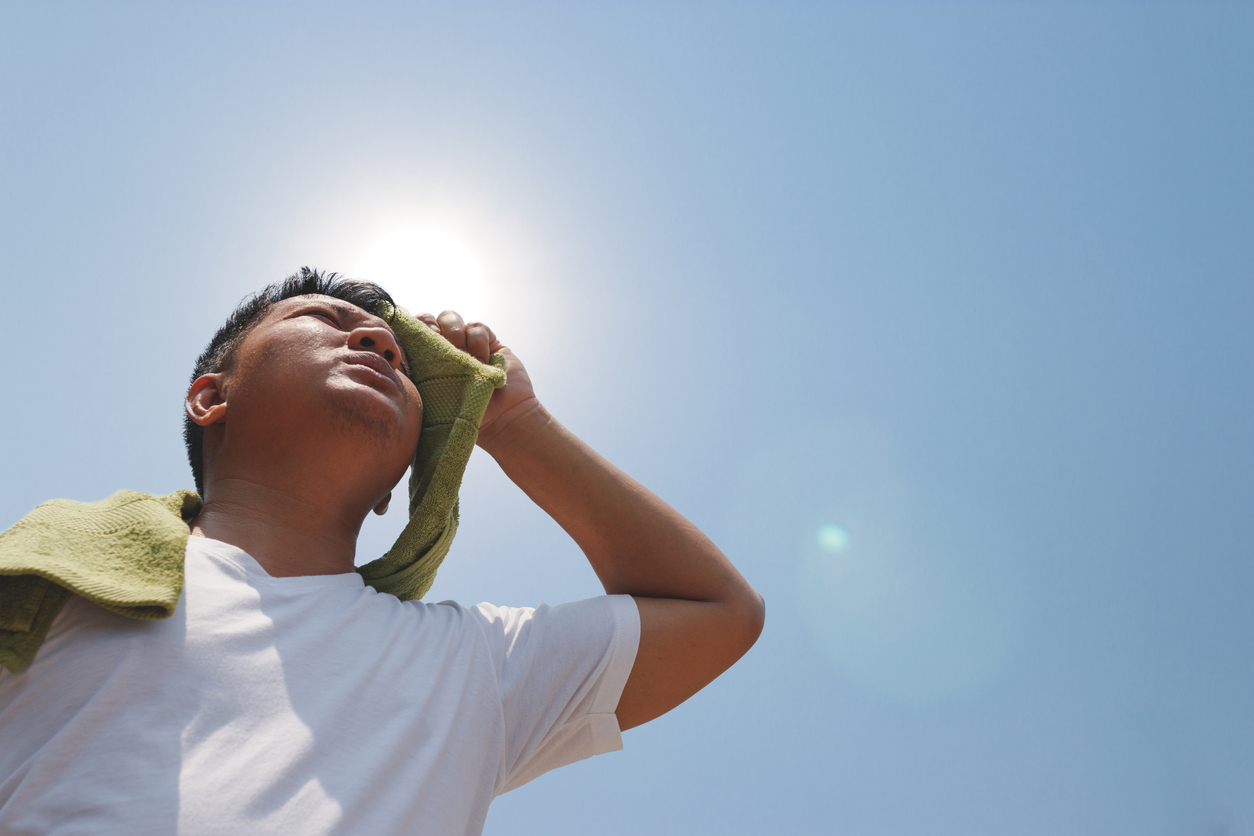As the world grapples with record high temperatures, some vital organs, such as the brain, are particularly vulnerable to overheating and can suffer permanent damage if overexposure occurs. However, the most effective way for people to cool down is not by cooling one’s head. What many don’t know is that the best way to reduce overall core body temperature is through the hands and feet.
This summer, temperatures have been the highest ever recorded globally. Countries such as Belgium, France, Germany, Poland and the United Kingdom, usually accustomed to milder temperatures, recorded days when sunshine resulted in triple-digit scores. The death toll is estimated in the thousands.
While this is of grave concern to those who see the global climate trajectory only continuing one way, in the short term it poses new health risks for millions of people living in places unaccustomed to extreme heat.
Here in Texas, there is a good reason for why many Texans wear cowboy hats. We know overexposure to the sun and heat can be fatal. But we all, Texan or otherwise, should also know the most important body parts to cool down first: the palms of one’s hands and the soles of one’s feet.
Our bodies have a very effective mechanism for removing heat from the central core: The heart pumps blood from the body’s warmer interior to its cooler exterior, where blood can lose heat to the environment as it flows through many small vessels on our skin.
Evaporation of sweat from the skin surface also aids in this process. After blood is cooled as it flows through the skin, it then returns at a lower temperature to the core, where it can pick up more heat and recirculate back to the skin.
But the human body cannot effectively cool itself when exposed to high temperatures for extended periods. So, we need to do whatever we can to assist in the process. It’s not as hard as you might think.
When our interior temperature begins to rise, our body naturally increases blood flow to the skin to avoid becoming dangerously overheated.
In extreme cases of overheating, normal thermoregulatory function is diminished or lost, resulting in lowered blood flow and the inability to sweat. This condition, known as heat stroke, is extremely dangerous and sometimes fatal, and a person must be moved to a professional medical care center as soon as possible.
In the majority of cases, heat stroke can be avoided — if the right steps are taken. Our hands and feet are equipped with vessels known as AVAs that are especially effective at heat removal.
Under normal circumstances when blood flow to the skin is elevated, it must be cooled to provide relief. When our bodies need help cooling, the focus, therefore, must be on the hands and feet, where the highest blood flow occurs.
Some tactics include the obvious such as removing shoes, socks and gloves to expose bare skin. Then the hands and feet should be placed into cool water as soon as possible. Simple tubs filled with water are sufficient.
In general, the lower the temperature of the water, the better (within limits). Ordinary tap water at a temperature of around 68F will suffice, with lower temperatures being even better, but only to a point.
If the water temperature is too cold, approaching that of ice, skin vessels will vasoconstrict, meaning they will close and greatly reduce the blood flow and weaken the water’s cooling properties.
Naturally, immersion of the entire body into, say a lake or pool, is ideal. Clothing can even be left on without compromising its efficacy too much. But in the absence of such luxuries, cooling the hands and feet will give you the best chance of avoiding permanent damage or even death.
Texans know the heat will be here for another month or so. But the more people know how to cool themselves, the less they will suffer debilitating consequences.
Kenneth Diller is an expert in bioheat transfer and holds the Robert M. and Prudie Leibrock Endowed Professorship in Biomedical Engineering at The University of Texas at Austin.
A version of this op-ed appeared in the Houston Chronicle, Austin American Statesman and the San Antonio Express News.




